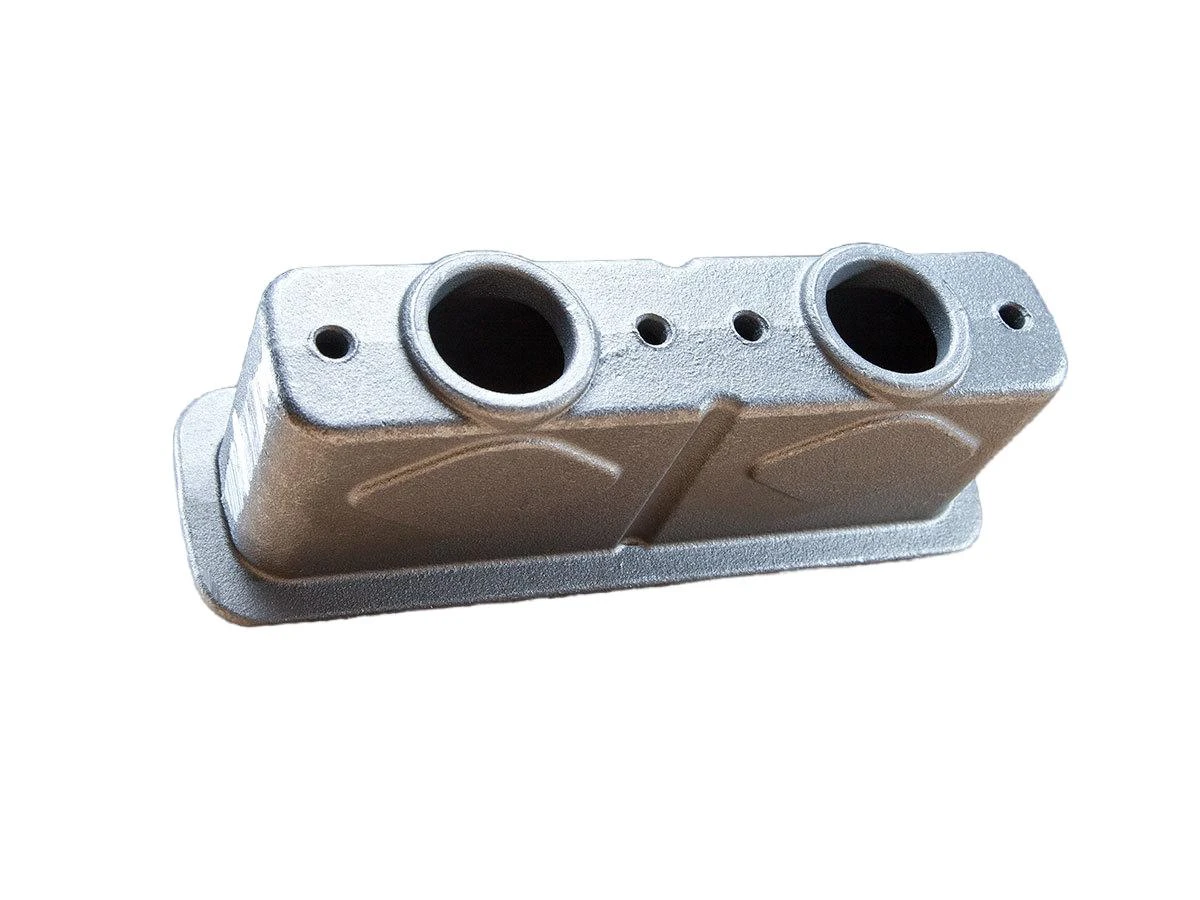die cast draft angle
Understanding Die Cast Draft Angle A Key Element in Manufacturing
Die casting is a widely used manufacturing process that involves forcing molten metal into a mold under high pressure. This technique is favored in producing intricate parts with a high level of precision and smooth surface finishes. However, one crucial aspect that significantly impacts the quality and efficiency of die casting is the concept of the draft angle. In this article, we will explore what draft angles are, their importance in die casting, and best practices for their application.
What is Draft Angle?
A draft angle is a slight taper incorporated into the vertical surfaces of a die casting mold. It is essential to accommodate the natural shrinkage that occurs during the solidification of molten metal and to facilitate the easy removal of the cast part from the die. If a part is perfectly vertical without any draft angle, it can create significant friction between the part and the mold, making ejection difficult and risking damage to both the part and the mold.
The Importance of Draft Angle in Die Casting
1. Ejection Ease The primary function of the draft angle is to make the ejection of the formed part easier. A proper draft angle reduces the contact area between the mold and the part, allowing for a smoother release, which minimizes the risk of warping or breaking during the removal process.
2. Part Quality An inadequate draft angle can lead to defects such as surface scratches, sticking, and dimensional inconsistencies. These issues can result in costly rework and can affect the overall quality and aesthetics of the final product.
3. Production Efficiency Incorporating an appropriate draft angle can significantly reduce cycle times in the die casting process. Faster and easier ejection means that the molds can return to the production cycle more quickly, optimizing throughput.
4. Mold Longevity Excessive friction on mold surfaces can lead to wear and tear, reducing the lifespan of the mold. By utilizing a proper draft angle, manufacturers can extend the durability of their molds, thereby reducing maintenance costs and downtime.
die cast draft angle

Best Practices for Implementing Draft Angles
1. General Guidelines For most die-cast parts, a draft angle of 1° to 3° is standard; however, this can vary based on the material and part complexity. Thicker materials may require a larger draft angle to accommodate greater shrinkage.
2. Complex Geometries For parts with intricate designs or undercuts, it is crucial to analyze the draft angle carefully at each contour. Employing advanced design software can help visualize and simulate the ejection process, making it easier to determine the ideal angle.
3. Consider Material Properties Different alloys expand and contract at varying rates. Understanding the specific properties of the metal used can inform the appropriate draft angle needed to achieve optimal results.
4. Iterative Testing Prototyping and conducting tests can provide valuable insights into how variations in draft angle affect part quality and ejection. Iterative design processes not only help in optimizing draft angles but also enhance the entire die cast design.
5. Consult Industry Standards Various industries may have established specifications regarding draft angles. Consulting with relevant standards can help ensure that designs adhere to best practices.
Conclusion
The draft angle may seem like a minor consideration in the grand scheme of die casting, but it plays a pivotal role in ensuring the successful production of high-quality parts. By understanding its importance and implementing best practices, manufacturers can enhance product quality, maximize efficiency, and prolong the lifespan of molds. As the industry continues to evolve with new technologies and materials, staying informed and adaptable in design approaches will be key to achieving success in die casting.
-
Precision Casting AI Solution with GPT-4-Turbo | Optimized QualityNewsAug.02,2025
-
Precision Sheet Metal Stamping Manufacturer | Fast & ReliableNewsAug.01,2025
-
OEM Sand Cast Pump Valve Fittings - Baoding Hairun Machinery And Equipment Trading Co., Ltd.NewsAug.01,2025
-
Custom OEM Impellers | High Efficiency & PrecisionNewsAug.01,2025
-
OEM Sand Cast Pump Valve Fittings - Baoding Hairun Machinery | Customization, Quality AssuranceNewsAug.01,2025
-
OEM Sand Cast Pump Valve Fittings - Baoding Hairun Machinery And Equipment Trading Co., Ltd.NewsAug.01,2025















